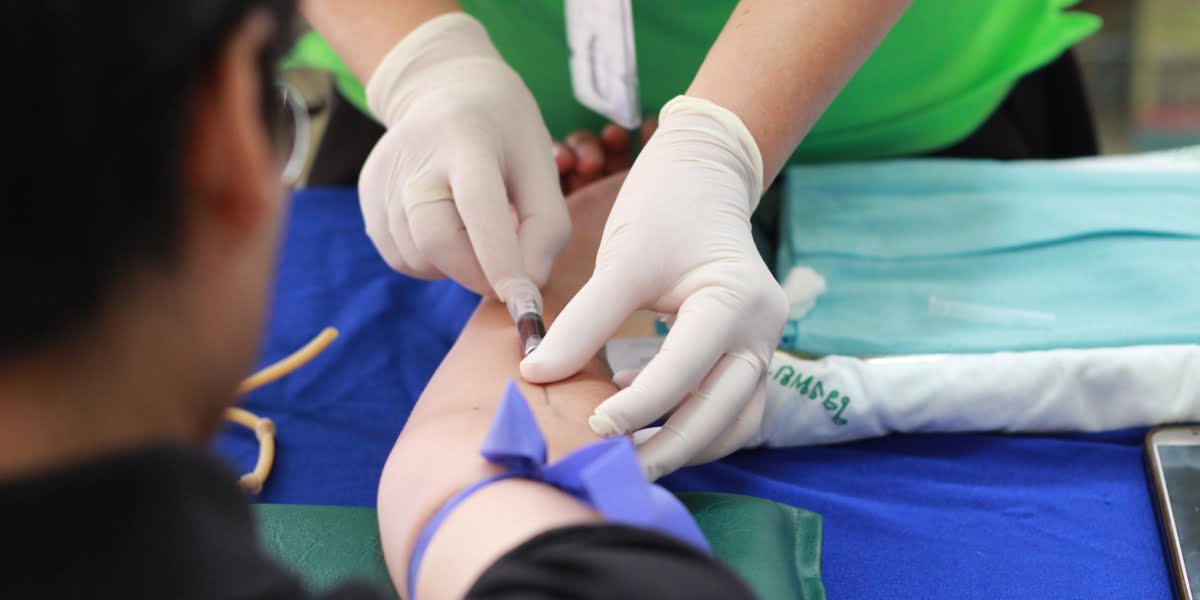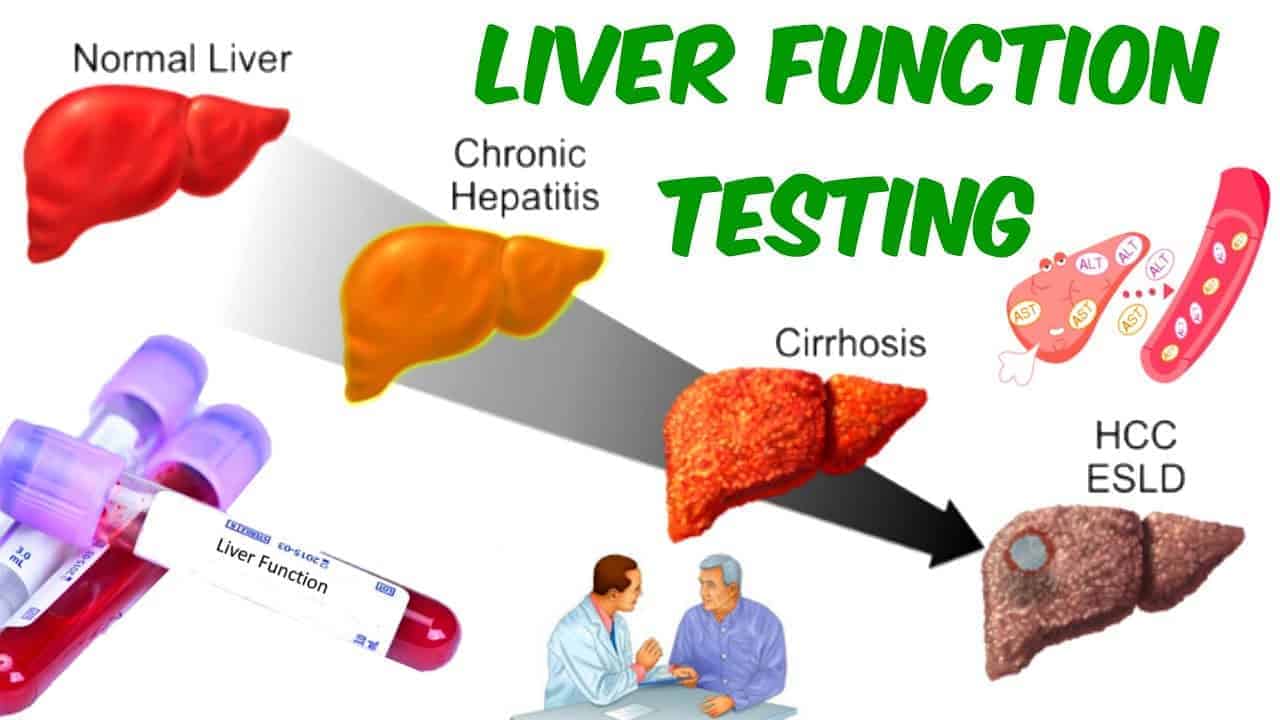Has your doctor ordered liver function tests and you want to learn more about them – how they’re done and what they are supposed to detect?
If so, read on and you can get some useful information about the various types of tests that are performed to check out your liver and what you can expect if you have one or more of them done.
Why a Doctor Orders Liver Function Tests
Here’s a piece of irony, but one which most of us have experienced: fear of medical tests can actually keep us from going to the doctor in the first place.
Unfortunately, when we delay tests we really should have, our condition could be slowly progressing without or even knowing. So seeing your doctor is crucial if you suspect a condition, such as non-alcoholic fatty liver disease (NAFLD).
Don’t be afraid and don’t envision invasive, painful testing: today’s NAFLD diagnosis can be obtained in a number of ways, and your physician will probably be more than willing to work with you to find the ones that will be the most effective and that won’t scare you right off the table. Here is a list of the most common liver function tests for NAFLD.
The first thing you might be unsure of is why your doctor has ordered these tests. In a nutshell, if a doctor has ordered one or more tests on your liver, it’s because he or she wants to find out if everything is working as it should be and the liver is doing its job properly.
In most cases, your doctor probably has some reason to suspect that all might not be well with your liver, and hence has decided to order tests to check it out.
There are several types of liver function tests. Not all of the tests your doctor has ordered may actually check on the function of your liver, but instead check for things such as increased enzymes that signal liver damage.
Types of Tests
These are the most commonly ordered tests to see if your liver is working properly and if there is liver damage, how much:
- Blood Work – Your doctor may order blood to be drawn to check on such things as excess bilirubin, total protein, albumin, alkaline phosphatates, aspartate aminotransferase and alanine transferase. The levels in your blood of these enzymes and other things produced by the liver can tell your doctor what is going on.
- Liver Biopsy – A long needle will be inserted through your abdomen into your liver, where it will take a small piece of your liver for biopsy.
- Ultrasound – In this test, you will have an ultrasound test that uses imaging, reflected sound waves, to show a picture of your liver.
- CT Scan – You will have a radioactive material injected intravenously, and its image as it progresses through your liver will be shown on an Xray screen. If there is a blockage in a bile duct, for example, it will show up on the scan because the radiographic material will be seen not to flow through.
- MRI – This is a test done using Magnetic Resonance Imaging. Non-invasive and no Xrays, this test can detect many conditions of the liver.
Blood Tests
Though they are not definitive, certain blood tests called liver function tests can give doctors a clue as to the possibility of NAFLD. Many physicians start here in order to determine whether or not further testing is necessary, or the tests in conjunction with symptoms may deliver an official diagnosis.

Liver function tests measure enzymes that could point to issues with the liver and may include:
- ALT (alanine transaminase): an enzyme involved in the processing of proteins
- AST (aspartate aminotransferase): found within liver cells; an elevated level could have a number of causes including but not exclusive to NAFLD
- ALP (alkaline phosphotase): inappropriate levels could point to liver or bone disease, or malnutrition
- Bilirubin: bilirubin gives bile its yellow-green color. Raised levels of different constituents of bilirubin could point to a liver issue
Other tests, such as protein levels and serum albumin, can give your doctor clues as to the health of your liver and, along with other evidence, reveal an NAFLD condition.
Ultrasound
Ultrasound is a highly preferred and potentially very revealing test for NAFLD, as it literally looks at an image of your liver and is non-invasive (it takes place on the outside of the body).
In order to receive your ultrasound, you will be asked to lie back. A conductor gel will be placed on your abdomen in the area of your liver and a wand or probe placed against the skin. An image of your liver will come up on the technician’s screen. By moving the wand around, the technician will be able to get views of your liver from various angles.
Fat will look different from muscle and bone on the ultrasound scan and in this way will be roughly measurable when your physician looks over the results of your scan. Greater than 5% fat is considered an NAFLD condition. Ultrasounds are not 100% reliable as they are not a literal look inside your abdomen, but they can give your doctor a much better idea of how your liver looks and whether or not excess fat appears to be accumulating.
CT or MRI scan
These scans are like three-dimensional x-rays in that they can “look into” what’s happening to your body without cutting or probing. Unlike ultrasound, they do not involve a wand or probe. You will lie down and a scanning device will be passed over your body, or you will lie down and enter a tube (MRI) in order for a full three-dimensional series of images to be taken of the area.

If you are claustrophobic or just worried about the idea of the MRI tube (which doesn’t hurt but can feel confining), tell your doctor. In some cases, a doctor can prescribe a light tranquilizer or relaxant to make the experience more pleasant for you.
It’s likely your doctor will start out with ultrasound and/or blood tests before proceeding to a procedure such as an MRI, which is usually reserved for cases where other results were unclear and a more detailed look is in order.
Liver Biopsy
Don’t be afraid of this word – a biopsy is not usually ordered for NAFLD alone. Rather, it will be ordered by your doctor if additional conditions(s) are suspected.
However, if you do eventually receive a liver biopsy, know that these are less invasive than ever, with smaller incisions, a faster recovery time, and usually, an outpatient basis (you go home the same day).
What to Expect
For the blood work type of liver function tests, you can simply expect to have someone insert a needle into a vein and draw blood, usually from your arm.
The biopsy is somewhat painful and the area is normally deadened before the biopsy needle is inserted through your abdomen, You will ordinarily have an IV started in your arm in case you need meds during the procedure. You will also probably be given a sedative.
A CT scan of the liver is painless. You may or may not be given a light sedative, mainly to help you lie still while the imaging is taking place.
If you have an MRI, you can expect no pain, just a long and uncomfortable session inside the MRI machine and a lot of loud noise which is the way the test works. Some testing facilities nowadays have open MRI machines instead of the big tunnel types, which does make it easier.
What You Can Do
If you have been diagnosed or suspect that you have fatty liver or another liver problem, you can get proactive about helping to heal your liver with diet and lifestyle changes. Don’t dread your liver tests. See your doctor and speak to her about your concerns – including any fears you may have of specific tests. She will set your fears to rest, suggest alternatives and together, you can come up with a plan to detect, and treat, any issues you may have.

In addition, you may consider a liver cleanse that might work wonders by eliminating built up toxins that have accumulated in your liver. A lot of people get great results from a detoxifying liver cleanse.
Originally posted 2019-07-04 10:28:24.

